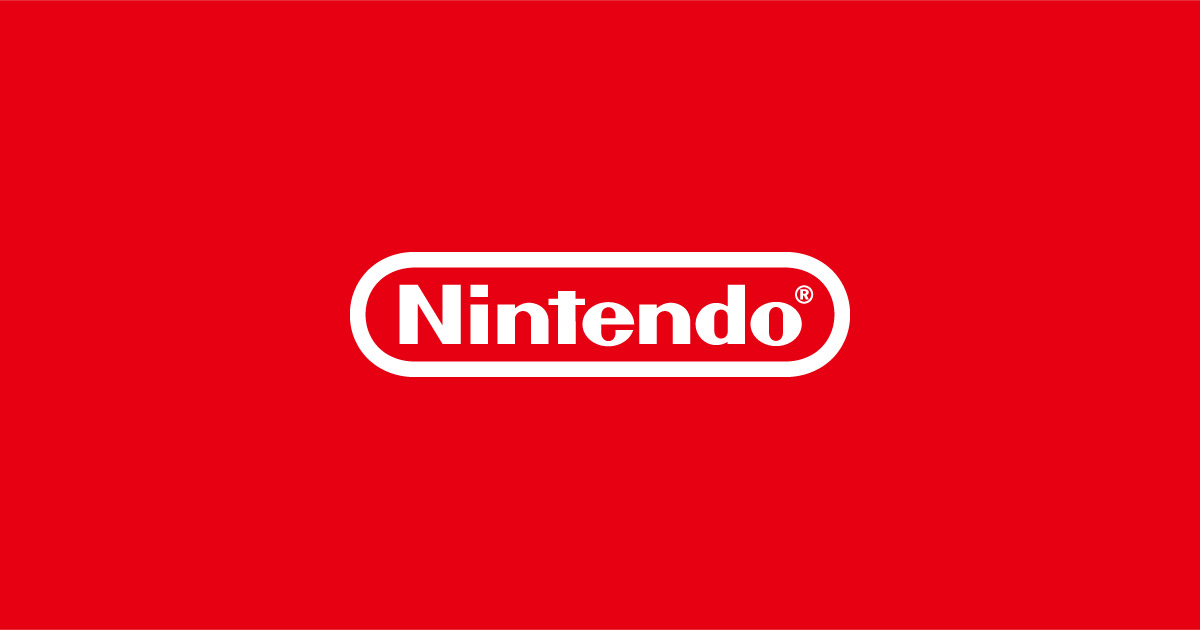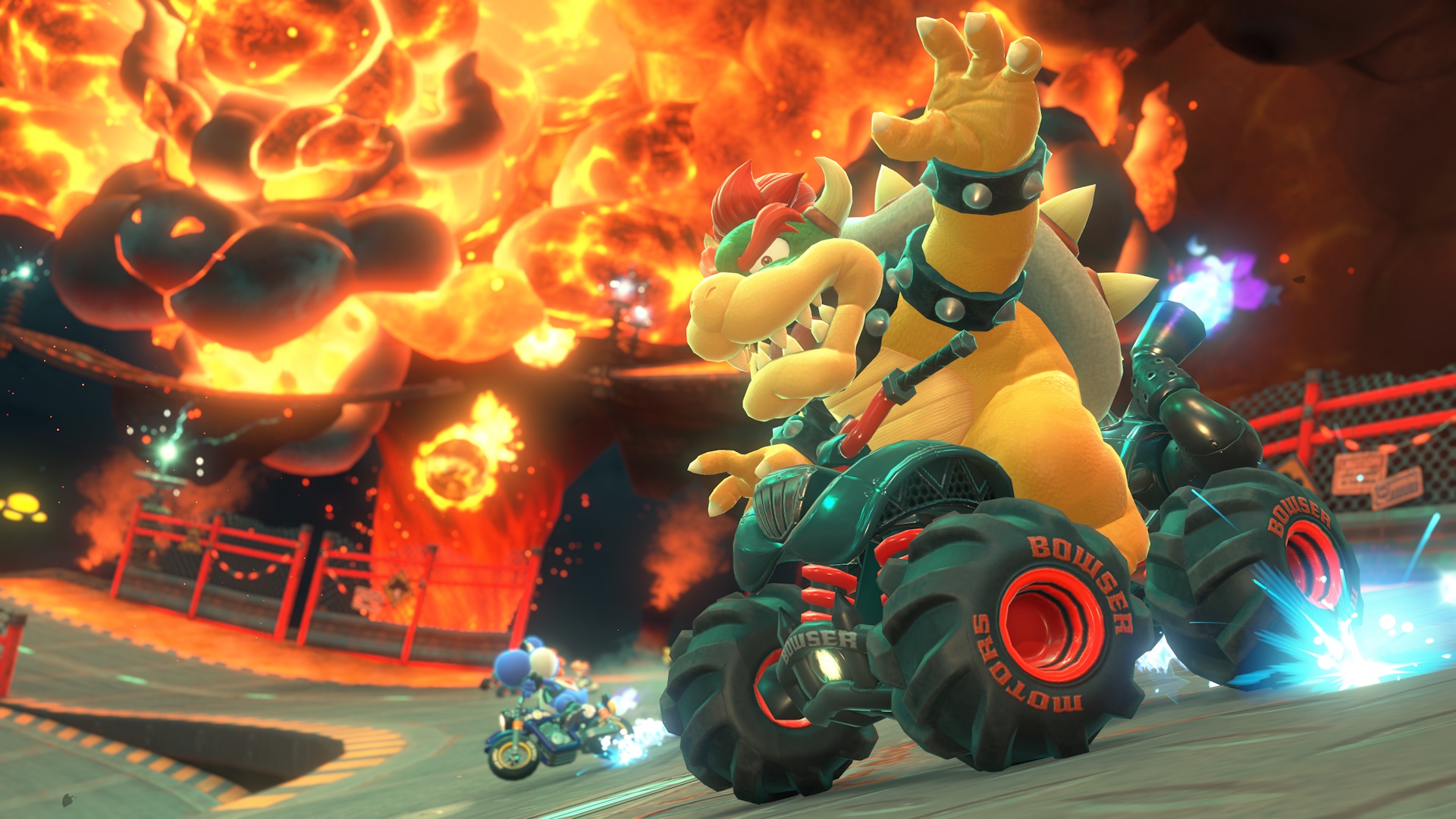Microsoft’s recent unveiling of an AI-generated Quake II tech demo has ignited intense debate within the gaming industry, particularly concerning the role of generative AI in game development and preservation.
Developed by Microsoft Research using cutting-edge models known as Muse World and Human Action Model (WHAM), this tech demo is accessible as an in-browser experience through Copilot Labs’ website.
Billed as an innovative recreation of the classic Quake II, the demo is intended to generate gameplay sequences that closely resemble those of the original 1997 shooter. However, response among professionals, industry observers, and the gaming community has been overwhelmingly negative.
Despite being trained on extensive hours of original game footage, the AI-driven Quake II falls short in performance and authenticity.
Commentators from outlets such as Push Square have remarked that the experience is little more than "a poor impersonation of one of the snappiest shooters ever made." Players have reported problematic issues such as disappearing environments and enemies, as well as highly inconsistent level design—resulting in a disorienting and unsatisfactory experience. Industry professionals have not shied away from making their opinions known.
Notably, writer and game designer Austin Walker took to social media to refute Microsoft Gaming CEO Phil Spencer’s public suggestion that generative AI could assist with game preservation and porting.
Paraphrased, Walker contended that these remarks display a fundamental misunderstanding of how both AI and games themselves function.
He explained that the intricate combination of code, design, 3D art, and audio is what fosters the unique edge cases and gameplay surprises that define classic titles like Quake II.
According to Walker, a recreation that fails to replicate these complex interactions cannot offer an authentic preservation effort—especially in games with a significant speedrunning legacy reliant on exploiting in-game idiosyncrasies. The current iteration of the AI-generated Quake II demo demonstrates that while generative AI holds potential, the technology is far from capable of accurately replicating the nuance and sophistication of handcrafted game experiences.
Despite Microsoft executives’ optimism about future advancements, both professional commentary and user feedback indicate substantial skepticism about AI’s role in faithful game preservation at this stage. As the gaming industry continues to experiment with generative AI technologies for game development and history preservation, community discourse—especially from experienced developers and journalists—continues to shape expectations around authenticity, playability, and respect for the intricacies of classic games.
For now, industry consensus appears to favor traditional, developer-led approaches to remastering and archiving gaming history.
Developed by Microsoft Research using cutting-edge models known as Muse World and Human Action Model (WHAM), this tech demo is accessible as an in-browser experience through Copilot Labs’ website.
Billed as an innovative recreation of the classic Quake II, the demo is intended to generate gameplay sequences that closely resemble those of the original 1997 shooter. However, response among professionals, industry observers, and the gaming community has been overwhelmingly negative.
Despite being trained on extensive hours of original game footage, the AI-driven Quake II falls short in performance and authenticity.
Commentators from outlets such as Push Square have remarked that the experience is little more than "a poor impersonation of one of the snappiest shooters ever made." Players have reported problematic issues such as disappearing environments and enemies, as well as highly inconsistent level design—resulting in a disorienting and unsatisfactory experience. Industry professionals have not shied away from making their opinions known.
Notably, writer and game designer Austin Walker took to social media to refute Microsoft Gaming CEO Phil Spencer’s public suggestion that generative AI could assist with game preservation and porting.
Paraphrased, Walker contended that these remarks display a fundamental misunderstanding of how both AI and games themselves function.
He explained that the intricate combination of code, design, 3D art, and audio is what fosters the unique edge cases and gameplay surprises that define classic titles like Quake II.
According to Walker, a recreation that fails to replicate these complex interactions cannot offer an authentic preservation effort—especially in games with a significant speedrunning legacy reliant on exploiting in-game idiosyncrasies. The current iteration of the AI-generated Quake II demo demonstrates that while generative AI holds potential, the technology is far from capable of accurately replicating the nuance and sophistication of handcrafted game experiences.
Despite Microsoft executives’ optimism about future advancements, both professional commentary and user feedback indicate substantial skepticism about AI’s role in faithful game preservation at this stage. As the gaming industry continues to experiment with generative AI technologies for game development and history preservation, community discourse—especially from experienced developers and journalists—continues to shape expectations around authenticity, playability, and respect for the intricacies of classic games.
For now, industry consensus appears to favor traditional, developer-led approaches to remastering and archiving gaming history.



